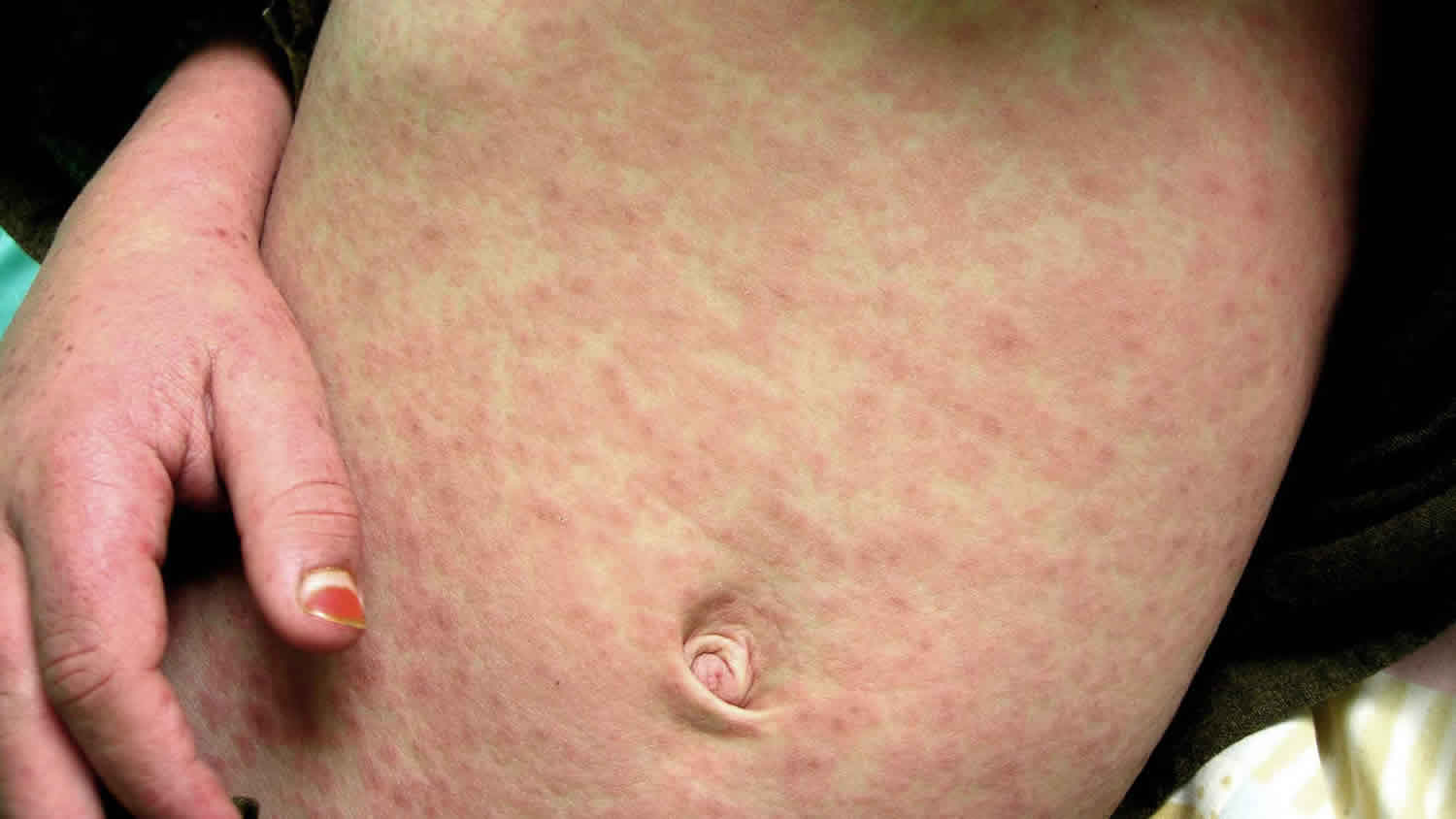Pathognomonic
Pathognomonic is often used in medicine, that means “characteristic for a particular disease”. A pathognomonic sign is a particular sign whose presence means, beyond any doubt, that a particular disease is present. Pathognomonic is derived from the Greek pathos for “disease” and gnōmon for “indicator”. Labelling a sign or symptom “pathognomonic” represents a marked intensification of a “diagnostic” sign or symptom.
While some findings may be classic, typical or highly suggestive in a certain condition, they may not occur uniquely in this condition and therefore may not directly imply a specific diagnosis. A pathognomonic sign or symptom has very high specificity but does not need to have high sensitivity: for example it can sometimes be absent in a certain disease, since the term only implies that, when it is present, the doctor instantly knows the patient’s illness. The presence of a pathognomonic finding allows immediate diagnosis, since there are no other conditions in the differential diagnosis.
Singular pathognomonic signs are relatively uncommon. Examples of pathognomonic findings include Koplik’s spots inside the mouth in measles, the palmar xanthomata seen on the hands of people suffering from hyperlipoproteinemia, Negri bodies within brain tissue infected with rabies, or a tetrad of rash, arthralgia, abdominal pain and kidney disease in a child with Henoch–Schönlein purpura.
As opposed to symptoms (reported subjectively by the patient and not measured) and signs (observed by the physician at the bedside on physical exam, without need for a report) a larger number of medical test results are pathognomonic. An example is the hypersegmented neutrophil, which is seen only in megaloblastic anemias (not a single disease, but a set of closely related disease states). More often a test result is “pathognomonic” only because there has been a consensus to define the disease state in terms of the test result (such as diabetes mellitus being defined in terms of chronic fasting blood glucose levels).
In contrast, a test with very high sensitivity rarely misses a condition, so a negative result should be reassuring (the disease tested for is absent). A sign or symptom with very high sensitivity is often termed sine qua non. An example of such test is a genetic test to find an underlying mutation in certain types of hereditary colon cancer.
Pathognomonic signs of diseases
Table 1. List of pathognomonic signs of different diseases
| Disease | Sign |
|---|---|
| Duchenne’s Muscular Dystrophy | Gowers’ sign |
| Hypocalcemia | Trousseau sign and Chvostek sign |
| Tetanus | Risus sardonicus |
| Liver cirrhosis | Spider angioma |
| Systemic Lupus Erythematosus | Butterfly rash |
| Bulimia Nervosa | Chipmunk facies (parotid gland swelling) |
| Leprosy | Leonine facies (thickened lion-like facial skin) |
| Cytomegalovirus infection | Owl’s eye appearance of inclusion bodies |
| Cushing syndrome | Moon face |
| Hodgkin’s lymphoma | Reed-Sternberg cells (giant mono- and multinucleated cells) upon microscopy |
| Lyme disease | Erythema chronicum migrans |
| Inclusion body myositis | Filamentous material seen in inclusion bodies under electron microscopy |
| Tetanus or Strychnine poisoning | Risus sardonicus |
| Measles | Koplik’s spots |
| Diphtheria | Pseudomembrane on tonsils, pharynx and nasal cavity |
| Kawasaki Disease | Strawberry tongue |
| Grave’s disease | New bilateral exophthalmos |
| Emphysema | Barrel chest |
| Pancreatitis | Cullen’s sign (bluish discoloration of umbilicus) |
| Chronic hemorrhagic pancreatitis | Grey-Turner’s sign (ecchymosis in flank area) |
| Cholera | Rice-watery stool |
| Typhoid fever | Rose spots in abdomen |
| Meningitis | Kernig’s sign and Brudzinski’s sign |
| Cholecystitis | Murphy’s sign (pain on deep inspiration when inflamed gallbladder is palpated) |
| Angina pectoris | Levine’s sign (hand clutching of chest) |
| Patent ductus arteriosus | Machine-like murmur |
| Parkinson’s disease | Pill-rolling tremors |
| Wilson’s disease | Kayser–Fleischer ring |
| Whipple’s disease | Oculo-masticatory myorhythmia |
| Acute myeloid leukemia | Auer rod |
| Multiple sclerosis | Bilateral internuclear ophthalmoplegia |
| Pericarditis | Pericardial friction rub |
| Rheumatic fever | Aschoff bodies |
| Rabies | Hydrophobia and negri bodies |
| Gout | Tophi |
| Acute tubular necrosis | Muddy brown casts |
| Granulosa cell tumor | Call-Exner bodies |
| Malakoplakia | Michaelis–Gutmann bodies |
| Mammary analogue secretory carcinoma (MASC) | ETV6-NTRK3 gene fusion |
| Narcolepsy (with cataplexy) | Cataplexy |
| Endodermal sinus tumor | Schiller–Duval body |
| Sickle cell disease | Vaso-occlusive crises |





